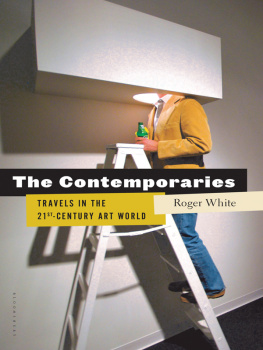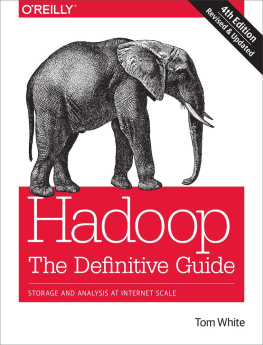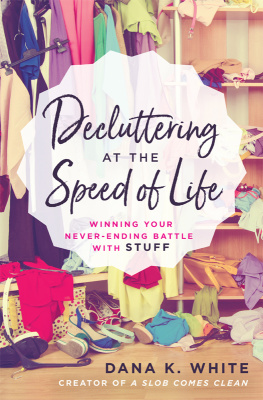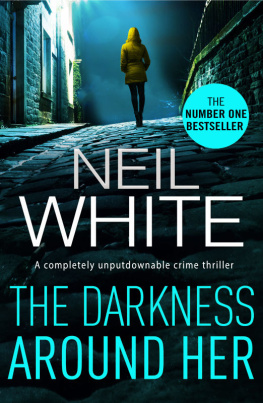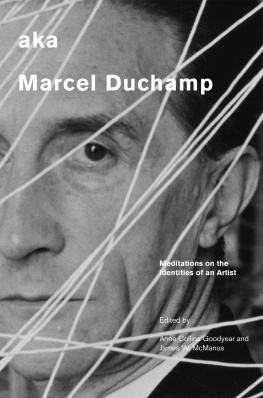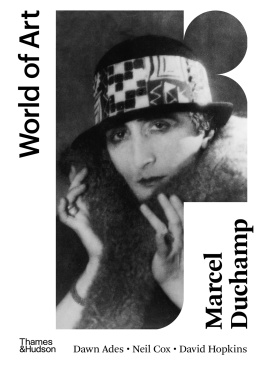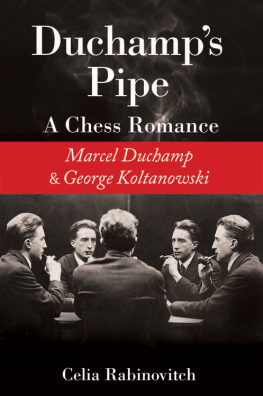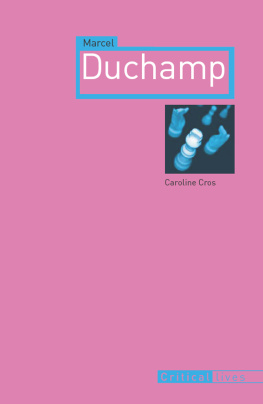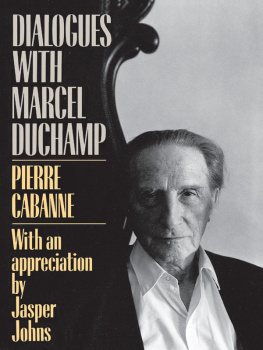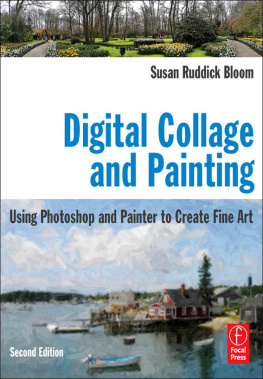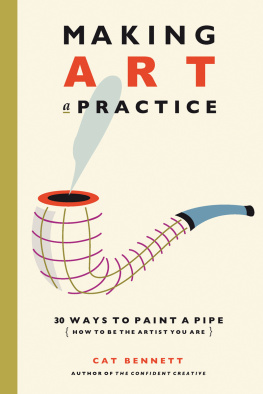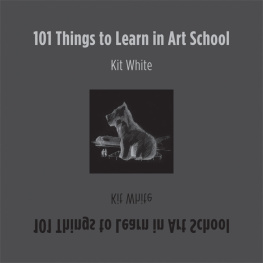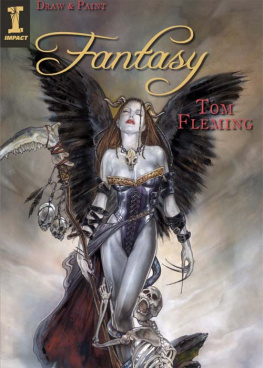The Contemporaries
BY THE SAME AUTHOR
as co-editor
I Like Your Work: Art and Etiquette
Draw It with Your Eyes Closed: The Art of the Art Assignment
The Contemporaries
TRAVELS IN THE 21ST-CENTURY ART WORLD
Roger White

For Maggie
CONTENTS
David True came to New York City to be an artist in 1967, straight from school in Ohio. He set up a studio in the garment district for a year until the landlord turned off the heat, and then he gravitated downtown, to a nameless neighborhood where a bunch of other young artists were moving. They were homesteading a declining industrial zone: plumbing and electrifying disused lofts, constructing ad hoc bars and cafes, opening cooperative galleries and performance spaces, and generally getting on with the business of making art. In 1973 he moved into a raw space upstairs from a cigar factory. It was cheap but overrun with mice, and he spent his first nights there on an army cot surrounded by a ring of mousetraps. When hed heard enough squeaks and snaps, he would get up, empty the traps out onto the street, and reset them. In the morning hed take a moment to admire the growing pyramid of dead mice beneath the window. And then he started painting.
In his first decade in downtown New York, David participated in the self-organization of a creative culture under nearly optimal conditions: lots of young people, ample space, low rents, and negligently enforced zoning laws. His memories of the time are dutifully mythic: visiting a junk sculptor on Mercer Street who kept warm by burning wooden pallets in a metal trash can in the middle of his loft; wading through seas of decomposing cardboard on Wooster to watch people dancing in a garage.
Art was everywhereand it was all over the place too, moving in a million directions at once from the dominant art forms of the beginning of the decade, abstract painting and geometric sculpture. David saw Nancy Gravess life-size camels, made of burlap, fur, and fiberglass, uptown at the Whitney Museum of American Art; he ran into Gordon Matta-Clark welding scrap metal to stop signs and lampposts on the deserted streets of the neighborhood. He watched Joseph Beuys perform I Like America and America Likes Me in a shabby upstairs gallery on the corner of Grand and West Broadway. The piece is now a canonical work cited in every recent history of art; at the time, it was just a little-known man from Dsseldorf who had inexplicably locked himself in a room with a coyote.
As the gravitational force of the downtown scene drew other interests to SoHoas this neighborhood came to be calledreal restaurants and bars replaced the art restaurants and art bars, commercial galleries opened next to or in place of the cooperatives. This migration laid the groundwork for the explosive art-market growth that would begin in earnest a few years later and continue, more or less unabated, to the present day.
By the time I met David in 2000 and walked around the neighborhood with him, its art scene was a faint residue underneath SoHos gleaming retail grid. I could almost imagine costumed actors, la those at Colonial Williamsburg, paid to walk the streets dressed as young artists from the 1970s for the entertainment of tourists. I pictured them climbing up and down the stairs of de-furbished lofts, smoking and gesturing wildly, replaying the circumscribed world of art as it existed in New York thirty years ago: a seven-block radius and a sense that things were just about to start happening.
They were: this vision of the art world is completely different from the one I was getting to know in the first years of the new millennium. Processes that began in Davids heyday had completely transformed the landscape.
While David had come to the city to camp out in a loft, I came to attend graduate schoolhe was one of my teachers in the MFA program at Columbia University. In a few decades, the idea of being a professional artist had gone from a join-the-circus fantasy to a plausible vocation for scores of young people in America. Contemporary art was now fully incorporated into the curricula of colleges and universities, and I took part in what was nearly a mass movement toward the field; more artists now come through art programs in the United States each year than were produced by the city-states of Florence and Venice during the entire fifteenth century.
Because there were more of us, the communal dramas of my artistic milieuwho were we, as artists? What would we be remembered for? How would we pay the rent?were being played out at that exact moment in countless other places: not just all over New York but also in Pittsburgh, San Antonio, Mexico City, Leipzig, Seoul. Whats more, we knew it: the comfortable illusion that my friends and I were unique had been dispelled by the glare of the digital media. A few clicks brought up both the mounting archive of art history from Lascaux onward and the even more staggering volume of art being made right now.
After two years spent becoming a master of fine arts, Imuch like Davidheaded for the nearest cheap, artist-friendly neighborhood I could find, along with all my peers. Manhattan was off the table; we were definitely looking in the outer boroughsBushwick, Gowanus, Long Island City, Sunset Park. Some were post-postindustrial neighborhoods in the midst of creative-sector occupation and had cosmetic similarities to the SoHo template: wherever I lived, the heat was bad and I usually had mice. But the life cycles of these neo-bohemias seemed to be running in fast-forward: no sooner had they emerged as potential artists communities than they were too expensive to live in anymore. So we moved outward from the center of the city in an expanding ring.
As we tried to get our work recognized, we interfaced with dealers, critics, consultants, and curators. More and more often, these people had been through years of school too. It was unclear, in fact, where academia left off and the art market began. The minute wed set foot in our first seminar room, we were all already inside the industry. The professional art world came complete with career training and business etiquette, sophisticated trade publications, and a dense thicket of interlaced institutions. Major galleries now enlisted the services of PR firms to sculpt the reputations of their artists. Works traveled across the country and the world between the hubs and nodes of the network.
The money looked phenomenal. Collectors of contemporary art were a varied lot: upper-middle-class enthusiasts, prosperous urban professionals not five years out of college, large and small corporations with salaried art advisors, the megarich from all corners of the globenot to mention the assorted film stars, pop stars, and famous athletes who contributed to the art worlds growing celebrity cachet. Art fairs helped in this regard: flush with sponsorship cash from car companies, liqueurs, or banks, they swelled to accommodate these steadily multiplying throngs of mobile buyers and spectators now following the contemporary art market on its dizzying ascent. Art was discussed openly and seriously as an asset class and a portfolio diversifier, young artists as investment opportunities. A wag in Chelsea called his first gallery show Initial Public Offering. Whirlwinds of financial speculation sucked auction prices up into the stratosphere.
Not just the whole but also the parts were getting bigger. Museums franchised themselves, and prominent artists followed suit. Art-making had gone from the intimate creation of handmade goods, or the modest pursuit of ad hoc experiments, to the quasi-industrial manufacture of objects for a global market or ambitious ventures into other modes entirely: feature films, festivals, political movements. The whole thing resembled, in scale and complexity, a hybrid of fashion, continental philosophy, organized gambling, and the adjacent sectors of the entertainment industry into which art seemed to be rapidly dissolving.
Next page
